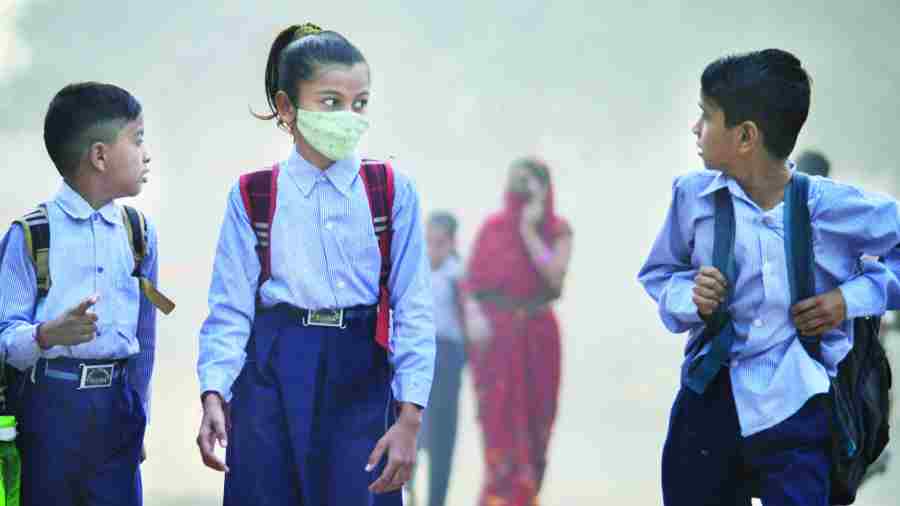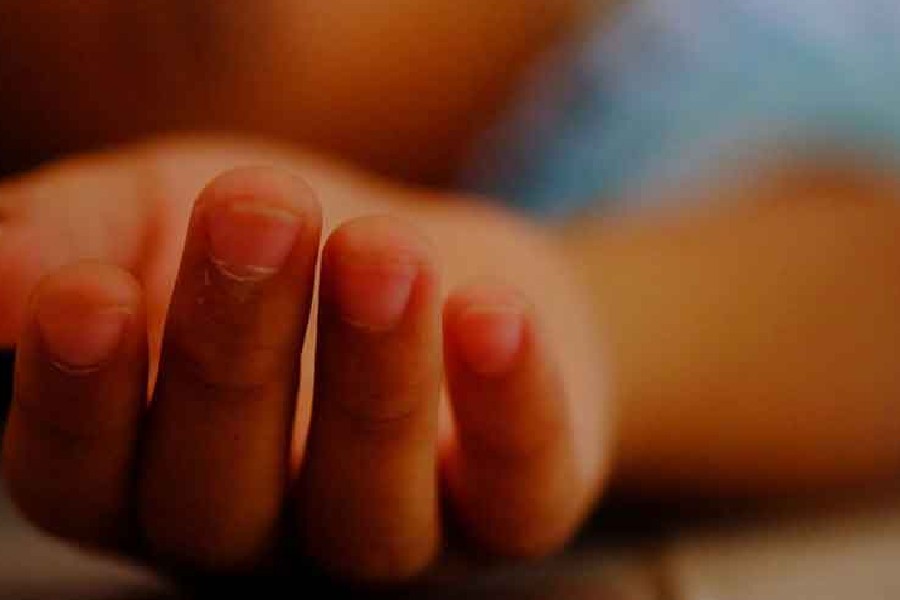The school dropout rates in Bengal may reach unprecedented levels if the state government implements its tentative plan of closing down all 8,206 primary (pre-primary to class IV or V) and upper primary schools (from Class V or VI to Class VIII) which have less than 30 students each, several bureaucrats and academics have told The Telegraph.
The state education department had recently released a list of schools with less than 30 students each. The list was drawn up following a directive from the National Education Mission, started by the Centre in 2018 to bring all education-related schemes under one umbrella.
“The state government has released the list of schools having less than 30 students. There is a plan to close down these institutions and send the students to nearby schools and deploy the teachers at schools with fewer teachers,” said a senior bureaucrat.
Senior state government officials said a formal decision to close down the schools — as part of an attempt to optimise resources spent on the education sector — was yet to be taken, but the ground realities suggest that the authorities don’t have many options to keep the schools running.
Senior officials in the state school education department said if the school closure decision was implemented in the entirety, the school dropout rate — which captures the percentage of students who stop attending classes before finishing the course of instruction — could reach an all-time high in Bengal.
According to a rough estimate, the dropout rate in primary schools (from Class I to Class V) in Bengal was 8.6 per cent in 2021-22, which is on the higher side compared to the national average of 1.5. Although such a figure for upper primary (from Class VI to Class VIII) was not readily available with the school education department, sources said the picture was much better in this category compared to the primary level.
According to the Union education ministry, Bengal is among the top five states in the country in terms of the dropout rate in Class X and the other four are Madhya Pradesh, Odisha, Gujarat and Assam.
“The fact that the situation is worsening became clear this year as the number of Madhyamik examinees alarmingly came down by 4 lakh from 10.98 lakh in 2022 to 6.98 lakh 2023. If these schools are shut down, the picture will be much worse in future,” said a senior bureaucrat.
According to him, as a majority of these schools are located in remote areas, the students, who will be enrolled at other schools, may have to end up travelling 4 to 5 km to reach their new learning addresses.
“It will be difficult for the primary or upper primary students to travel such a long distance every day to attend schools. Many of these students may be forced to drop out of schools after their existing schools are shut down,” the bureaucrat added.
For example, there are four primary and upper primary schools in Buxa in Alipurduar and each of these schools has less than 30 students. If these schools are shut down, students of 13 villages in Buxa region will have to travel at least 5km to reach a school in the plains.
“It is impossible for these students to travel such a long distance every day as there is hardly any public transport facilities in these areas.... Kids of all these forest areas will not get education if the schools are shut,” said an official in the school education department.
The state will not be able to maintain the area limits of primary and upper primary schools in case the decision of closing down all 8,206 schools is implemented.
Under the Right to Education Act, the state has to ensure that a primary school in rural areas is set up within an area of 1km of a settlement and an upper primary school should be located within an area of 3km.
Officials aware of the implications of the closure decision identified a few reasons behind the increase in the number of schools with less than 30 students in the last few years.
First, the closure of schools for two years during the Covid-19 pandemic pushed up dropout rates as many of the students stopped attending classes after they were reopened.
Second, the transfer of teachers through the Utsosree portal that allowed teachers to choose a school nearby their residence left many rural schools with a handful of teachers, which hampered the quality of teaching and accentuated the dropout rates.
Third, as the rural state run schools began facing a teacher shortage, the government started giving permission to set up private schools even in remote areas. Although these private schools do not have the required infrastructure, parents have been sending their children to these schools, where education is far more expensive.
Fourth, the pandemic-induced economic stress prompted several families to migrate to other states in search of jobs.
“Earlier, a male member used to go out in search of jobs. But now, many migrant workers are taking their families with them, leaving their homes vacant in their villages. This is also affecting the number of students at schools,” said a district magistrate.
Sources in the school education department have said the state can save these schools if proper measures are initiated right at the moment.
“The government can reach out to the students who have stopped coming to the schools through local panchayats or village resource persons and encourage them to come to school again. The parents, who are sending their children to private schools in remote areas, can also be contacted and encouraged to bring the kids back to state-run schools,” said an official.
But for this, the government has to ensure that each of these schools has the required number of teachers and infrastructure. This can be done by rationalization of teachers, said sources.










